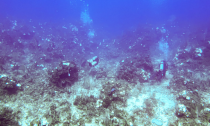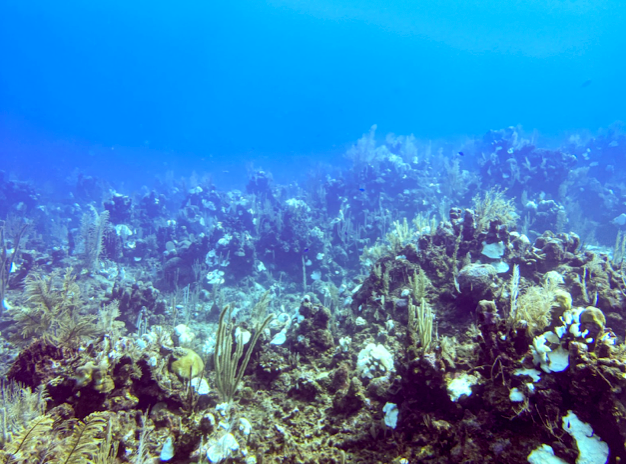
As I geared up for my latest scuba diving adventure in Roatan, Honduras, excitement bubbled within me. The ocean had always been my escape—a vibrant world filled with colorful marine life, intricate coral formations, and a sense of tranquility that’s hard to find on land. This time, however, my anticipation was mixed with a hint of apprehension. I had heard stories about coral bleaching, and I was curious to see firsthand the impact of climate change on these underwater ecosystems.
Descending into the crystal-clear waters, the familiar weightlessness enveloped me. Sunlight filtered down, illuminating the underwater realm in shimmering blues and greens. Fish darted around me, their bright colors a stark contrast to the increasingly pale coral structures that loomed in the distance. As I swam closer, my heart sank. I hadn’t seen this extent of bleaching on my previous trip to Roatan less than a year prior.
What should have been a vibrant tapestry of colors was instead a ghostly white. This area of the Mesoamerican Barrier Reef, once bustling with life and color, appeared lifeless and bleached. The phenomenon of coral bleaching occurs when corals become stressed, often due to rising water temperatures, leading them to expel the symbiotic algae that give them their color and nourishment. Without these algae, the corals not only lose their vibrant hues but also become increasingly vulnerable to disease and death. This not only leaves corals vulnerable and white but also disrupts the entire ecosystem that relies on healthy reefs. As these ecosystems degrade, the consequences ripple through the food web and impact communities reliant on ocean resources.

It was a surreal experience. I had read about coral bleaching, but seeing it up close was a stark reminder of the reality our oceans face. I floated above a once-thriving reef, and I could almost hear the silence of a habitat that had been home to countless species. I spotted a few resilient fish swimming among the bleached structures, but the overall vibrancy of the ecosystem felt diminished.
After the dive, I felt a mix of sadness and hope. While the sight of the bleached corals was disheartening, witnessing the efforts of passionate individuals working towards conservation offered a glimmer of optimism. It reminded me that every dive can be an opportunity for awareness and action.
I emerged from the water not just with a sense of accomplishment but also with a renewed commitment to marine conservation. The motto “Take only trash, leave only bubbles” echoed in my mind, reinforcing the importance of protecting our oceans in every way we can.
Coral reefs are vital not only for marine biodiversity but also for coastal communities and global climate regulation. My experience underscored the urgency of addressing climate change and protecting these fragile ecosystems.

As divers and ocean enthusiasts, we have a unique opportunity to witness and share the beauty and fragility of underwater life. Let’s harness our experiences to advocate for change, educate others, and inspire action. Our oceans deserve it, and so does the future of our planet.
Guest Blog and photos by Chava Tzemach











Social Profiles